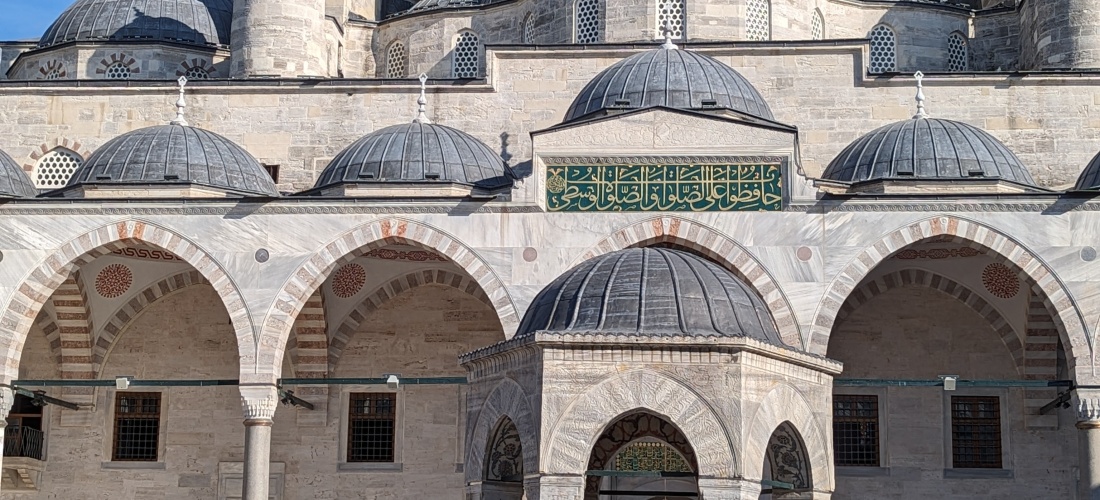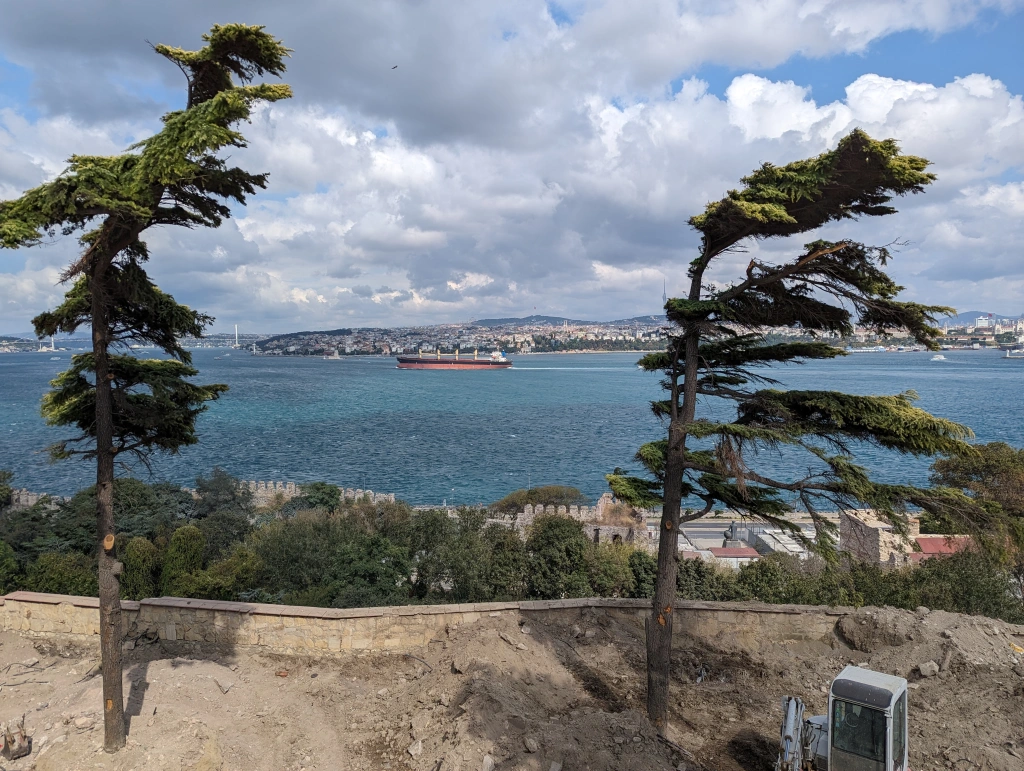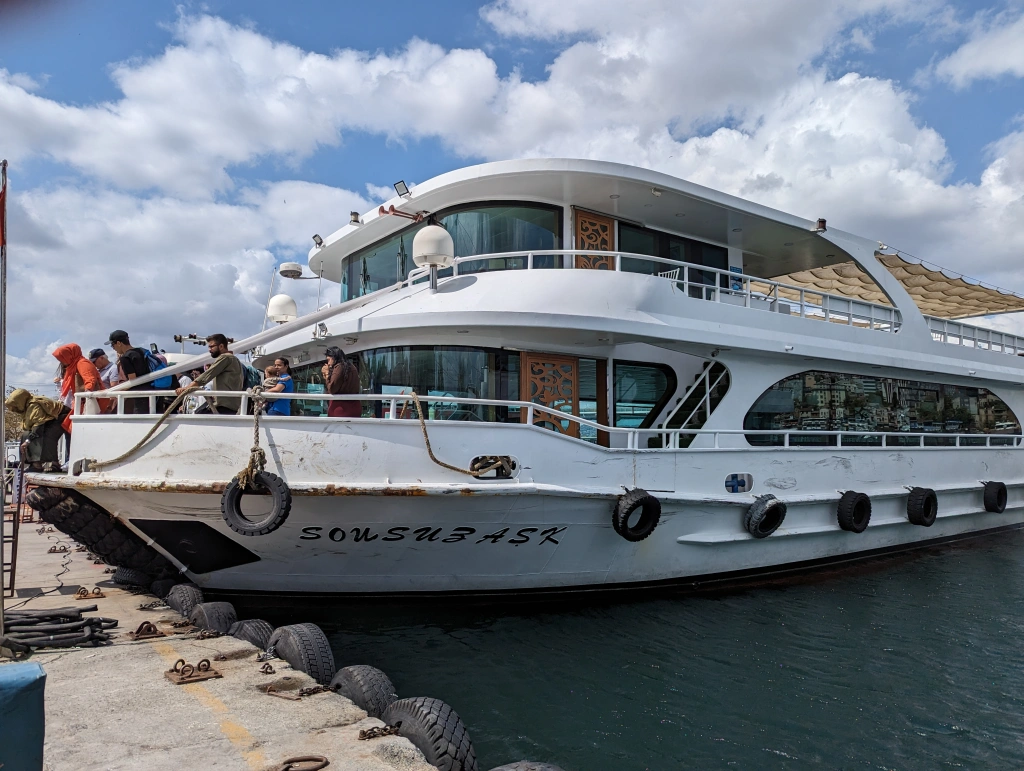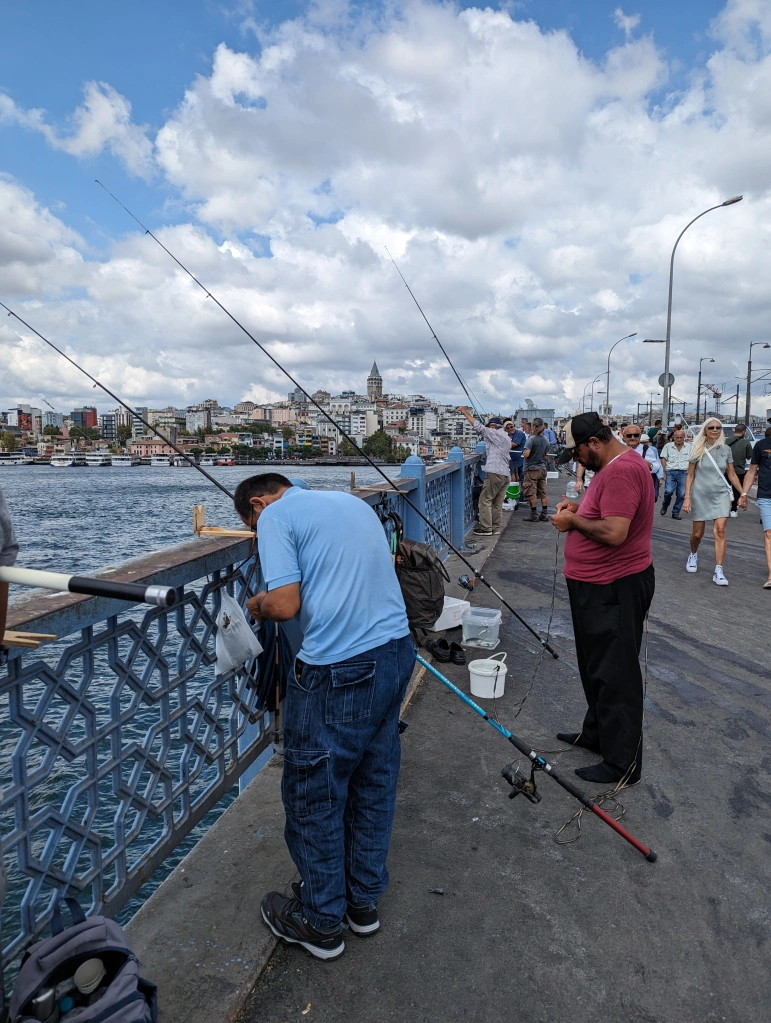Baking in the heat and humidity of the late summer sun in coastal İstanbul, I began to explore, observe, listen and understand this new environment, discovering again that cities are wonderful places to people watch. There is a burgeoning population here of almost 18 million locals, jostling alongside waves of fascinated tourists from around the world thronging to see the ancient wonders of this ‘second’ city in Western Turkey. In regard to touristic overload, it reminded me of the packed crowds of travellers in Venice, but, I am an İstanbul newbie and everything is just wow.
İstanbul sits between the Sea of Marmara to the south and the Black Sea to the North. It’s also famously that bridge between Asia in the East and Europe in the West. It feels truly significant and magnificent… Roman, Byzantine, and Ottoman influences and architecture dot the city as İstanbul’s Islamic culture and religion continue to dominate life here in this modern, busy metropolis. There are mosques everywhere you look, of varying shapes and sizes, but all of them are architectural triumphs and ornately, and beautifully fashioned.
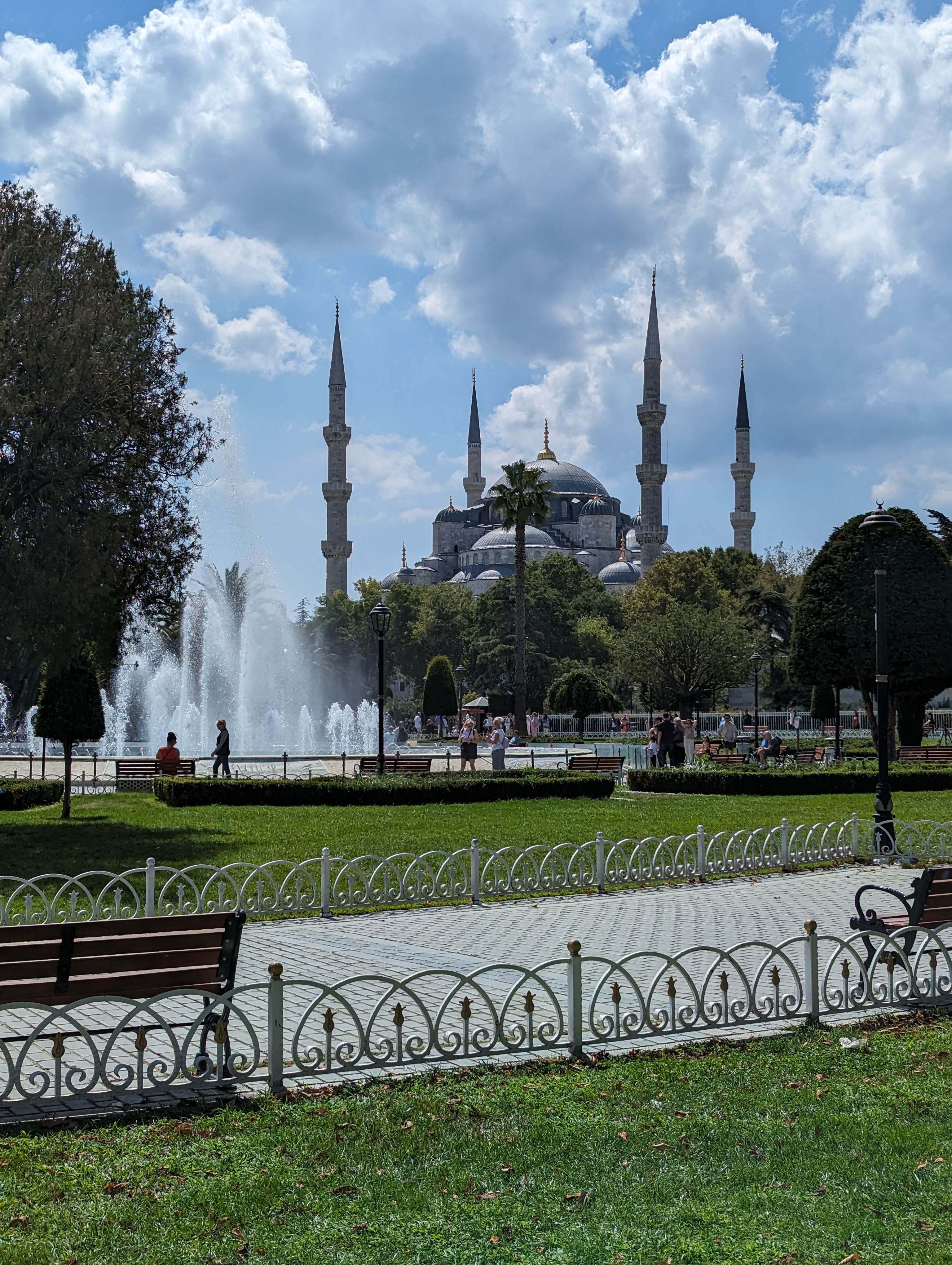
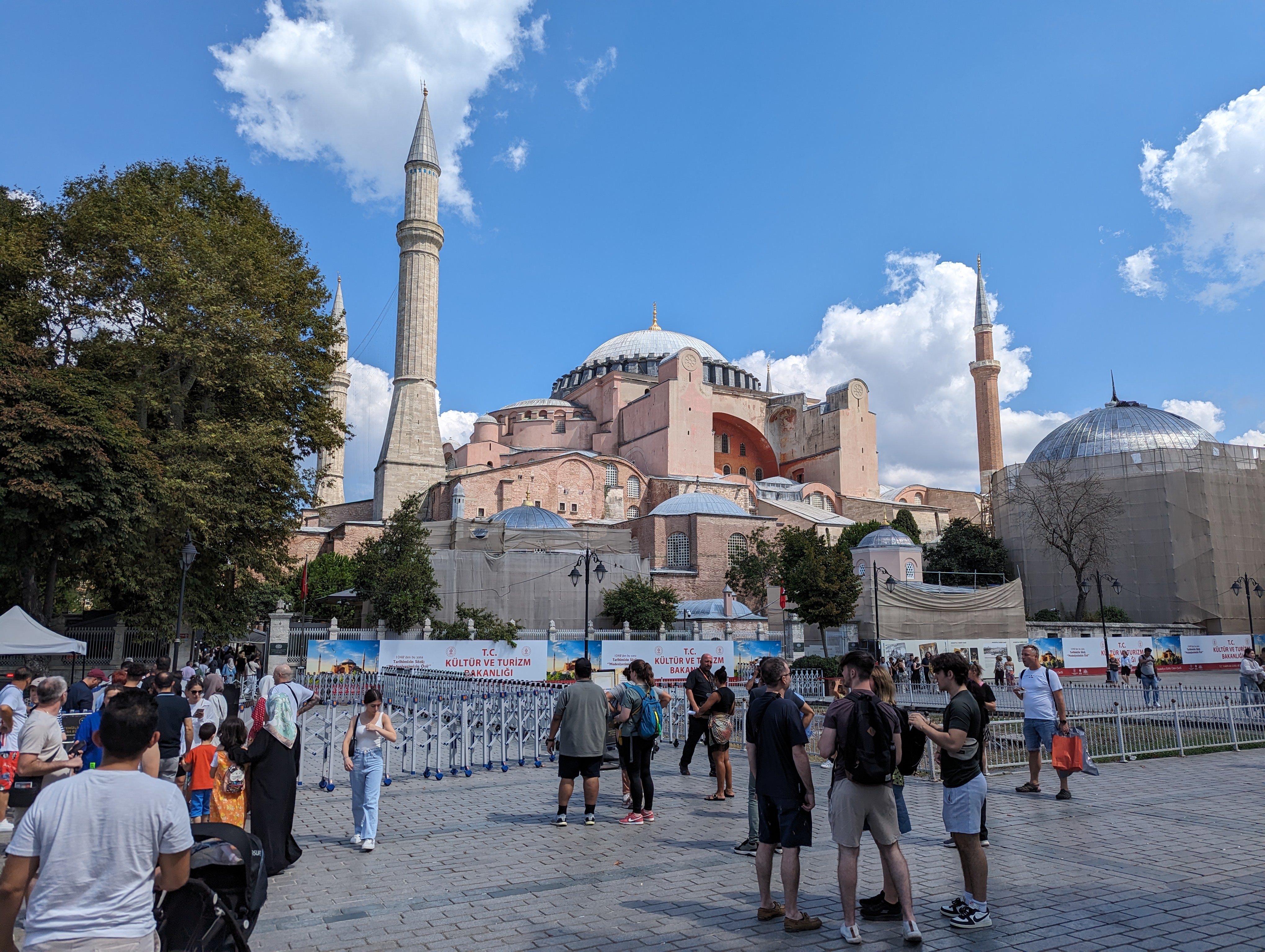
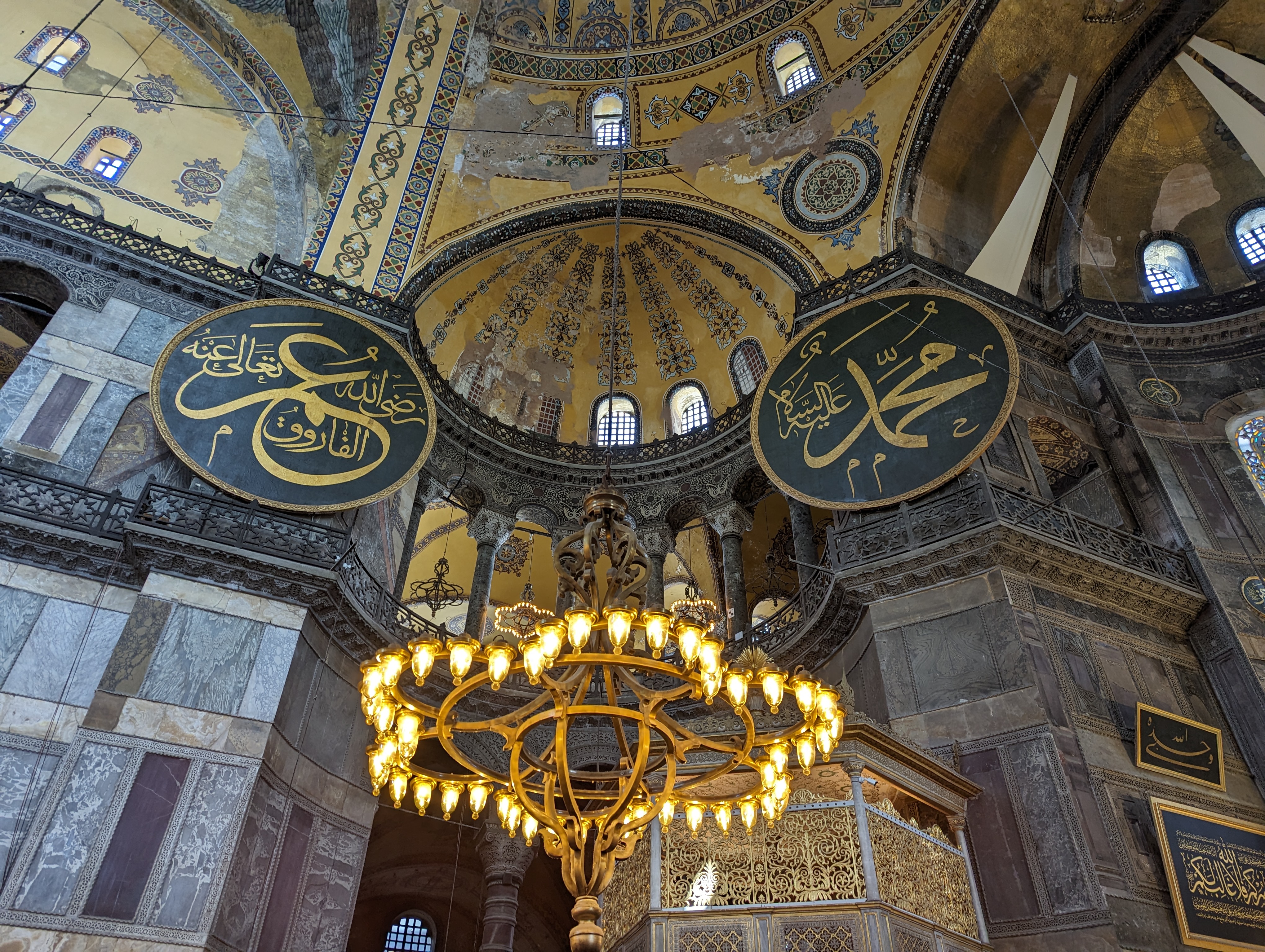

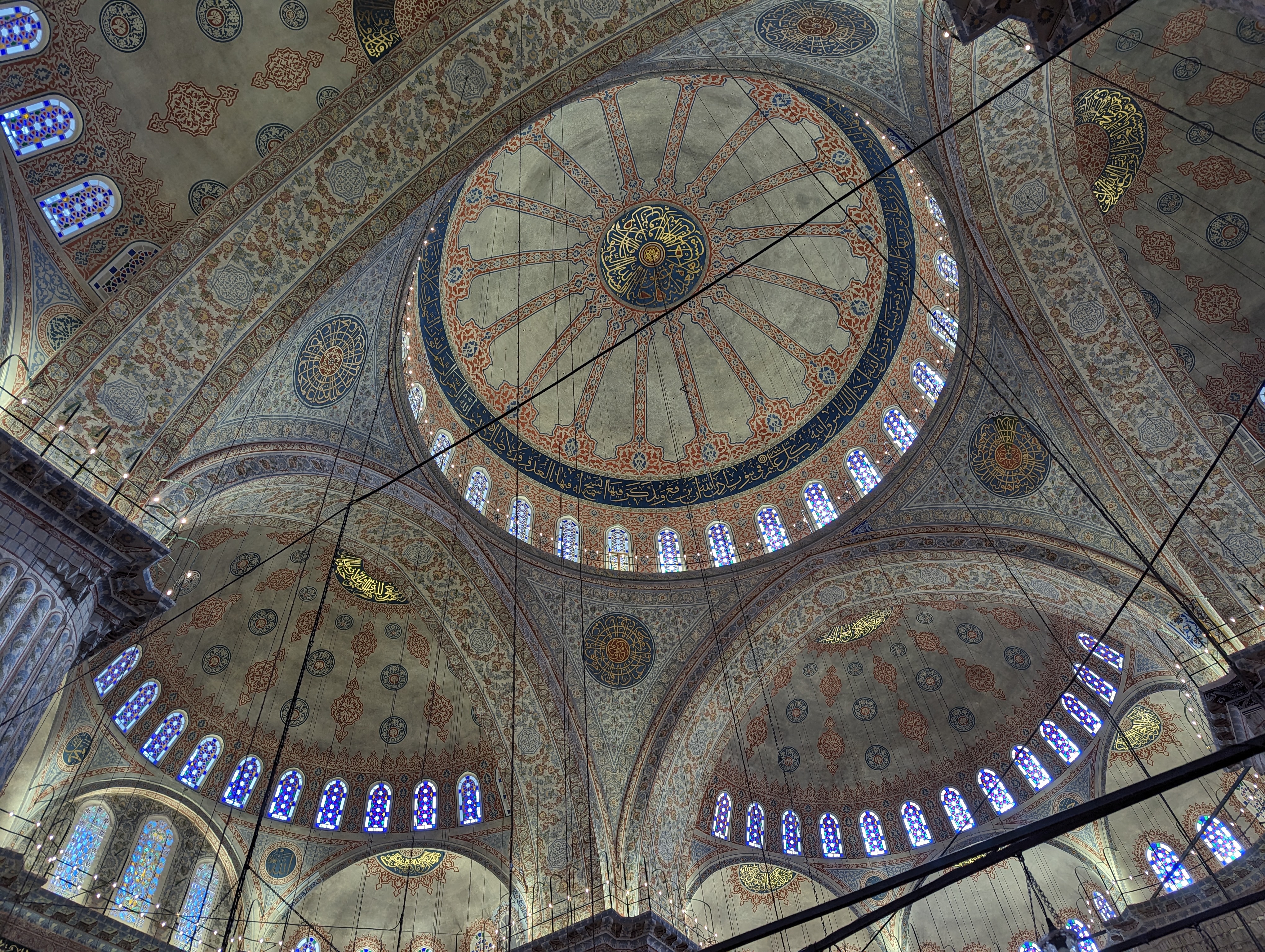
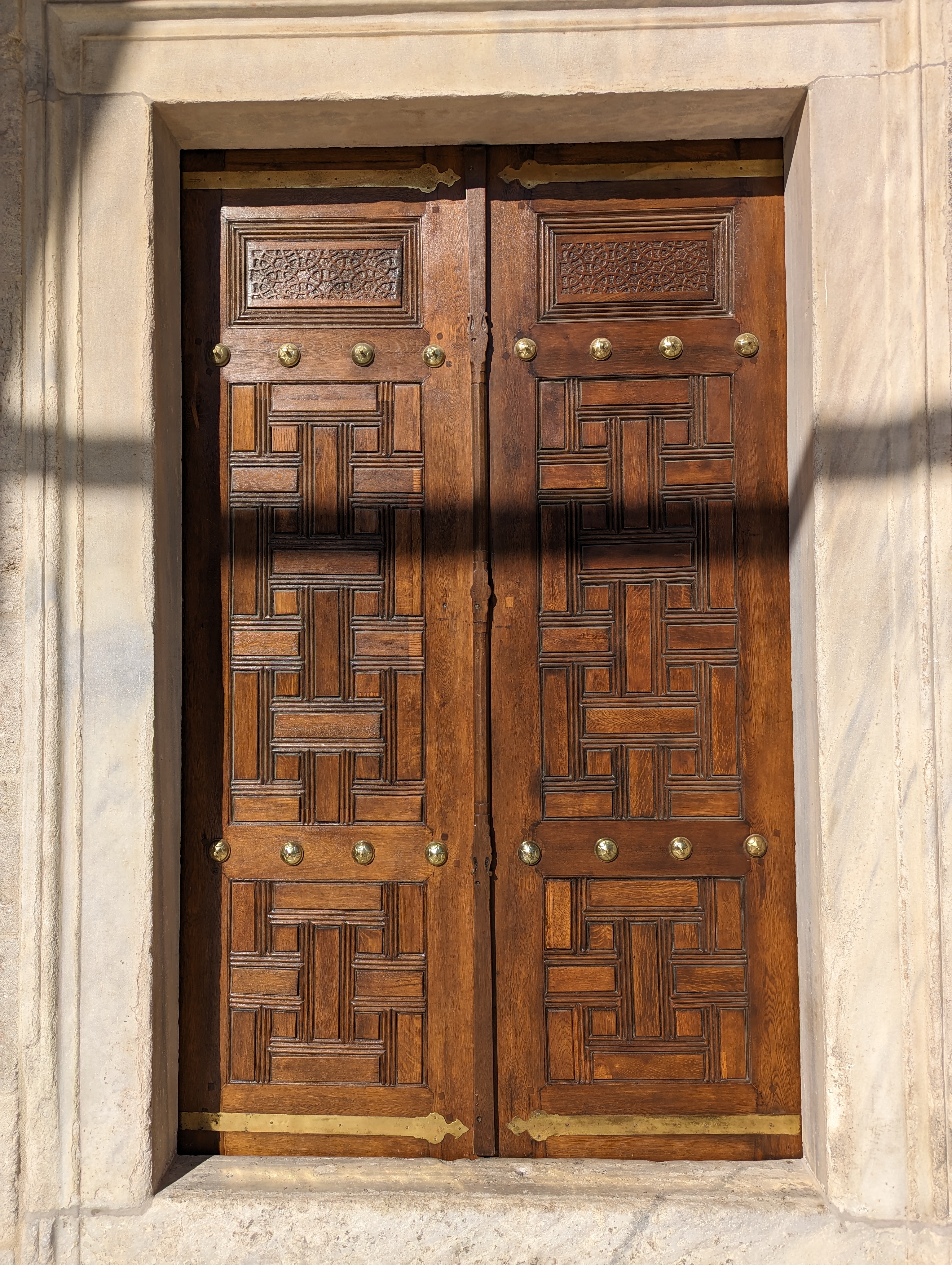
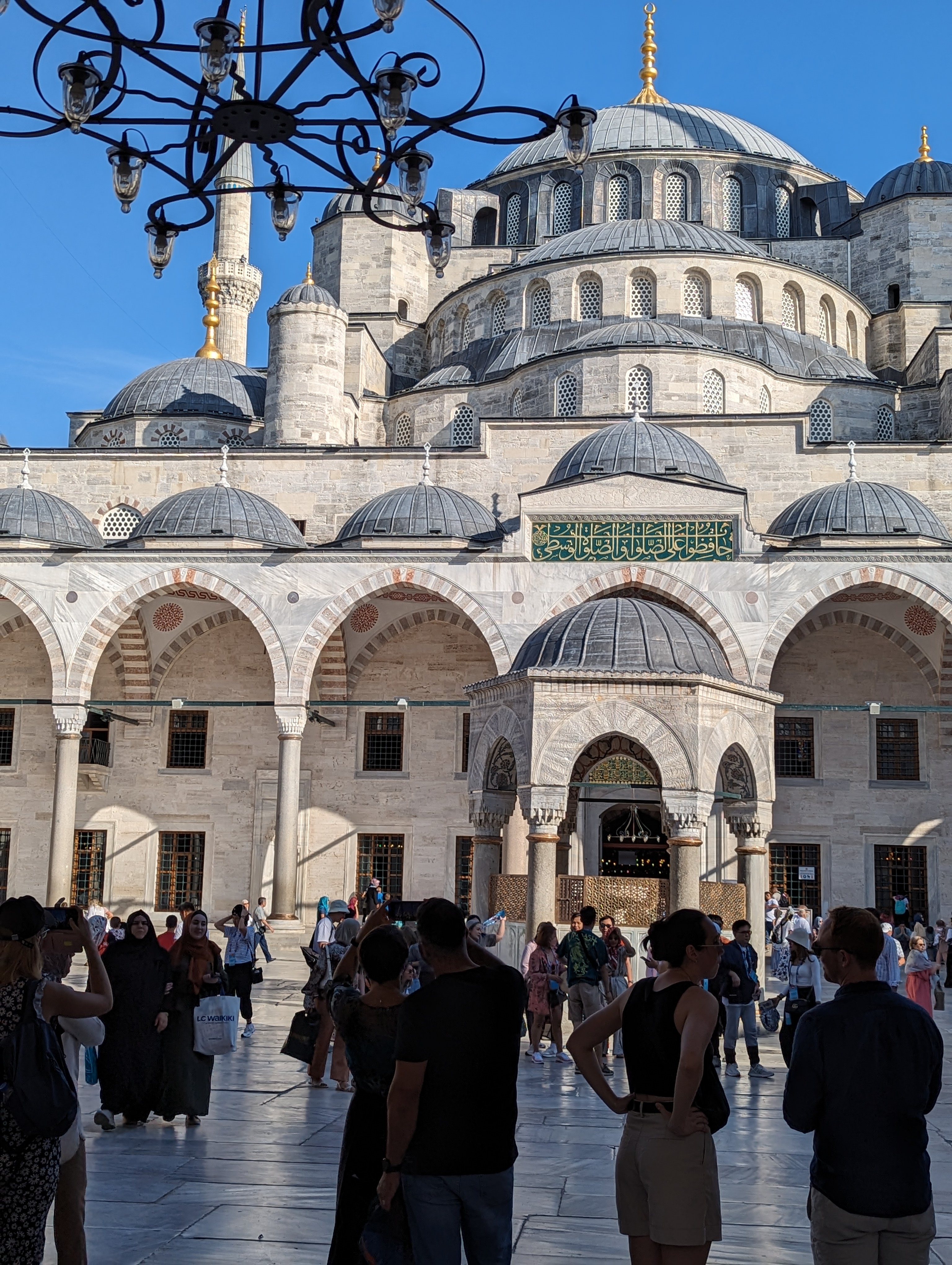
İstanbul is big, in fact, it is huge. A city built on seven hills, set on both sides of the Bosphorus Strait, there is a lot of life and much going on here. There are numerous districts on both the European and Asian side, but I was staying in the proverbial thick of it, in Sultanahmet. Here you will discover 3 of the most prominent and sought-after sights: the Aya Sofya, the Blue Mosque (Sultanahmet Camii) and the pavillions and harem of Topkapı Palace. The call to prayer rings out regularly across Sultanahmet at the expected times in the daily Islamic calendar, summoning the devout and pious to prayer and worship. Its mournful cry reverberates across the city and is of course deeply emblematic of this and every Islamic nation.
There is so much to see in İstanbul: Byzantine and Ottoman treasures galore. It’s a little challenging to know where to start but you have to start somewhere. One thing you quickly realise is that in İstanbul, boats are king, because there is so much water everywhere and they appear to be the preferred means of transport. Sultanahmet, the Bazaar and Western Districts nestle in the south, and they are separated from Beyoğlu, Karaköy and Beşitaş in the north by a large stretch of water called the Golden Horn, locally known as, Haliç. But If boats aren’t your thing, then the city is ably served with an extensive tram and metro network too.
To the East, the Asian side of İstanbul (principal area of interest is Kadıköy), is sperated by the main Bosphurus Strait. I remember gazing down at these waterways from Topkapı Palace, and the seeemingly imnumrable boats criss-crossing this way and that, and I counted about 60 vessels in the water at any one time. Significantly, there is steady flow of maritime traffic coming up from the Mediterranean via the Dardanelles Strait, and across the Sea of Marmara, heading towards various ports in the Black Sea. I’m slightly suprised there aren’t more boat crashes, because they all seem to be going in different directions at the same time!
There is much more to say about the city of İstanbul, but this will suffice for now as I gather my thoughts and consider what an absorbing, engaging and pervasive experience this visit was.
